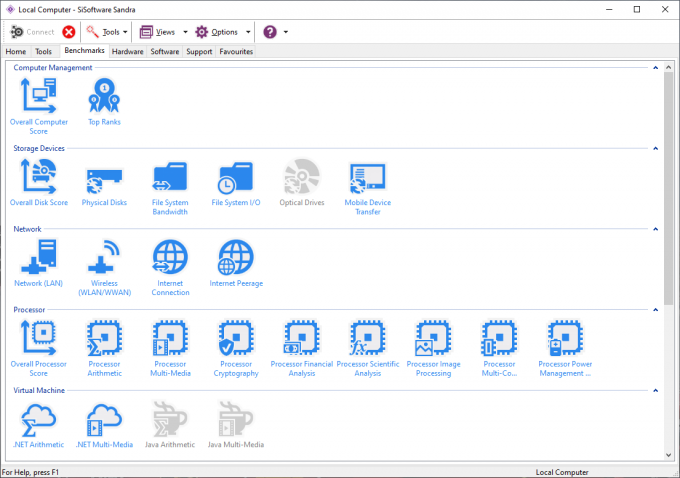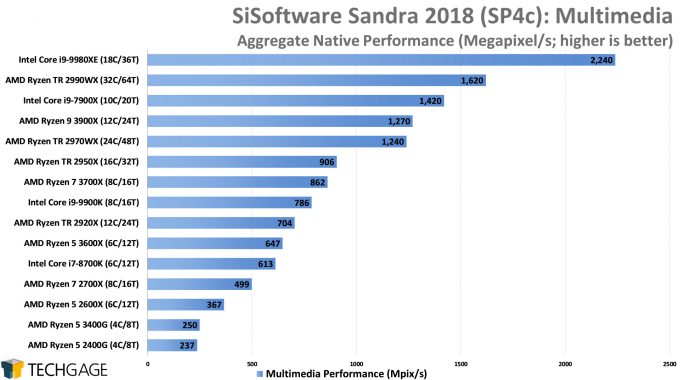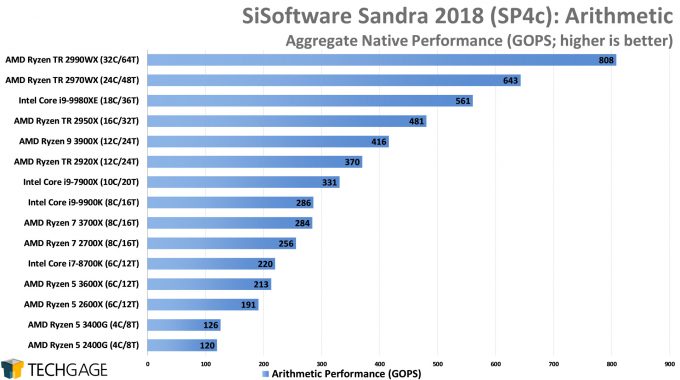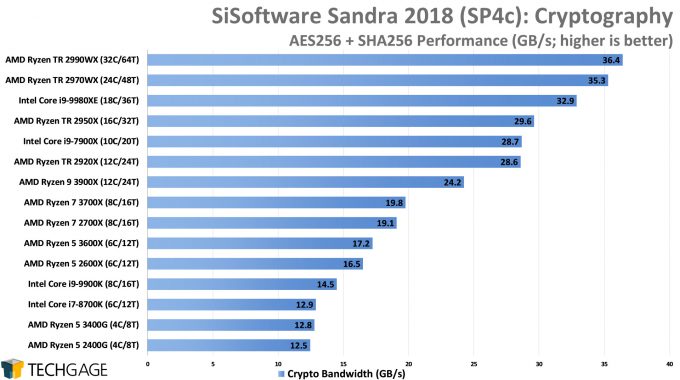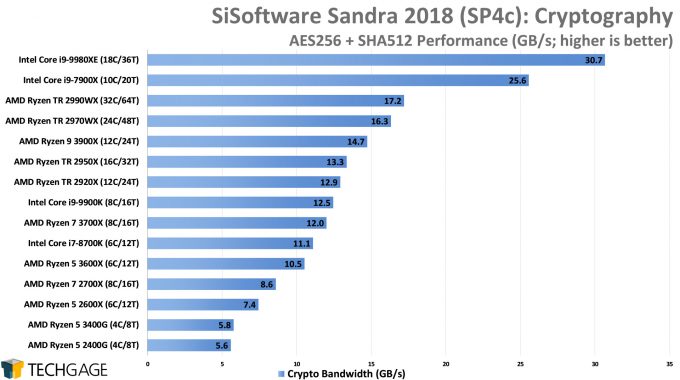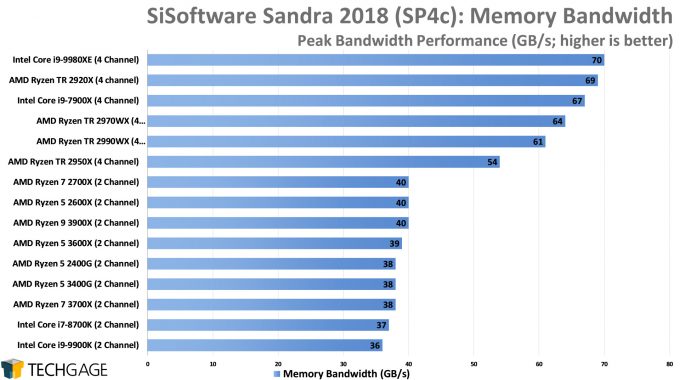- Qualcomm Launches Snapdragon 4 Gen 2 Mobile Platform
- AMD Launches Ryzen PRO 7000 Series Mobile & Desktop Platform
- Intel Launches Sleek Single-Slot Arc Pro A60 Workstation Graphics Card
- NVIDIA Announces Latest Ada Lovelace Additions: GeForce RTX 4060 Ti & RTX 4060
- Maxon Redshift With AMD Radeon GPU Rendering Support Now Available
AMD Ryzen 5 3600X & Ryzen 5 3400G CPU Performance Review

Having taken a look at Linux performance with AMD’s Ryzen 5 6-core 3600X and 4-core 3400G last week, we’re now turning our attention to Windows. We’re tackling everything from encoding to rendering and math to gaming with the ultimate goal of finding out how these chips stack up, and see where the greatest strengths lay.
Page 6 – System: SiSoftware Sandra 2019
While this article has no lack of synthetic benchmarks, SiSoftware’s Sandra makes it very easy to get reliable performance information on key metrics, such as arithmetic, multimedia, cryptography, and memory. Sandra is designed in such a way that it takes the best advantage of any architecture it’s given, so each CPU always has its best chance to shine.
That means a couple of things. This is definitely the “best” possible performance outlook for any chip, and doesn’t necessary correlate with real-world performance in other tests. It’s best used as a gauge of what’s possible, and to see where one architecture obviously differs from another.
Multimedia
Testing with Sandra introduces our best chance of seeing interesting scaling, since both AMD and Intel design cues can either give favor to one test or another. In the case of multimedia, Intel not surprisingly exhibits strong performance, with the 9980XE far exceeding the peak performance of the 2990WX, despite it having far more cores.
Despite Intel’s generally strong multimedia performance, the 3600X still manages to topple the equivalent 8700K, but again, the newer 9700K would change the picture a little bit. This chart is a good example of how much a bigger CPU can actually offer a lot more potential over a smaller one. The 3600X only offers 2 additional cores over the 3400G, but it’s proven itself to be 250% as powerful in this test.
Arithmetic
Whereas Intel had some strong multimedia performance in the previous test, AMD’s multitude of cores have shaken up this mathematics set of results. We’re essentially seeing the complete inverse of scaling to our renderer tests, which is satisfying to look at overall. A graph looking satisfying doesn’t matter as much as the results themselves, so as far as that goes, this is a test where the last-gen 8700K inches past the 3600X. Likewise, the 8-core 9900K enjoys the same super-slight lead over the 3700X.
Cryptography
At some point a few generations ago, it seemed like both AMD and Intel decided at the same time to implement some cryptography improvements, with AMD famously extending that to its GPUs, resulting in cryptocurrency miners going gaga over Radeon.
AMD’s cryptography strengths are clear in these charts, but once again, we’re seeing more proof that workloads can change things up quite a bit depending on certain factors. With 256-bit hashing, more cores matter. Boost that to 512-bit with SHA, and suddenly Intel takes a serious lead. That owes thanks to AVX-512 support in the Core X-series. Software that can take advantage of the advanced vectorization can see some immense gains, clearly.
Memory Bandwidth
Memory bandwidth only matters so much (more so for heavy creator users), but some of the placements here are interesting, nonetheless. Somehow, the 9900K sits at the bottom, behind the 8700K, and because we can’t bear to be uncertain about something, we reinstalled and retested each of those CPUs, and wound up with the same results.
Bandwidth is currently really strong on AMD platforms, but if you really need bandwidth, you automatically sign yourself up for an enthusiast platform with 4-channel memory.
Support our efforts! With ad revenue at an all-time low for written websites, we're relying more than ever on reader support to help us continue putting so much effort into this type of content. You can support us by becoming a Patron, or by using our Amazon shopping affiliate links listed through our articles. Thanks for your support!




